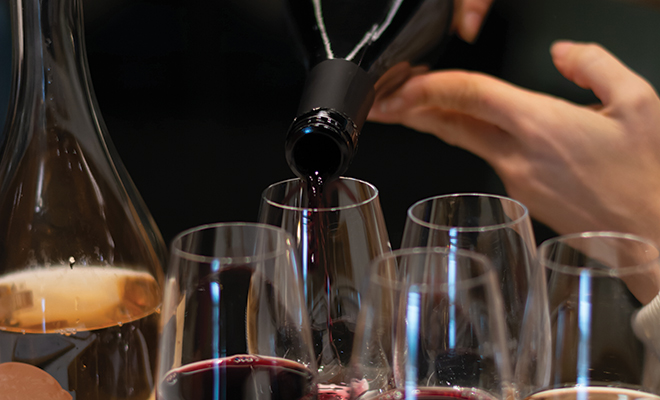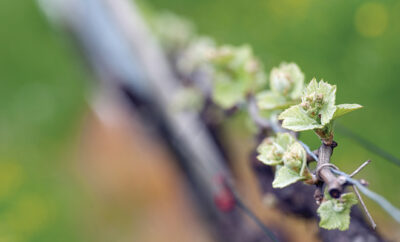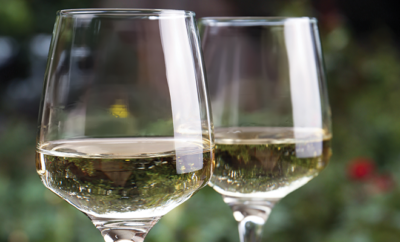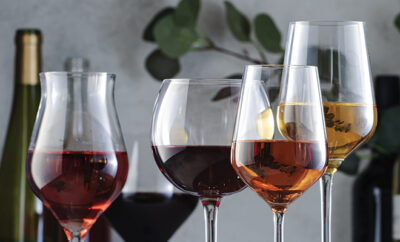
It’s Your Party and You’ll Wine if You Want To
The wine tasting party may be a uniquely American habit, born of a society that believes there is something knowable about the diversity of wine, and one that accepts its members ought to know about it. Try to imagine a French or Italian family hosting such a party. In truth, many Europeans know very little about wine but that’s not something they’ll readily admit. They’re even less likely to invite people over as witnesses.
It’s always been part and parcel of the so-called American can-do spirit: we know what we don’t know and then we set out to learn all about it. At the risk of continued bashing of our European brothers and sisters, wine has long been an even stronger signifier of class in Europe than it is here. Whether in the castle or the pub, one drinks what one ought to drink, whether it is First Growth Bordeaux or vin ordinaire. The good ol’ USA allows a great deal more class mobility, and any wine that you can afford you have a right to drink and even understand, if you choose.
That notion should give you a good idea of the most enjoyable part of a wine tasting—letting people taste the wines without knowing what they are in a blind tasting. The bottles are hidden in brown paper bags and no one knows which wine is which. If you serve the wines blind, you can put a very expensive wine up against a cheap wine, and the wine will be judged on its own merits rather than price. Sometimes the outcome is shocking, and sometimes it’s funny. But it’s a question that’s implicit in virtually any wine tasting: is this wine worth the cost?
The media lately has crowed that wine drinkers are likely to enjoy certain wines more if they think that those wines are expensive. Big surprise, huh? Of course, we all like to try expensive things, be they wines, food, cars, jewelry, whatever. And few of us are versed enough in those toys to inherently know the great from the imitator at first glance. That’s why you’ve chosen the blind tasting format; everyone gets to make up their own minds.
Americans often flout traditional wine prejudices, and more power to them for that. Amongst European wine writers and educators, there is often a hidebound notion that only certain wines should be consumed with certain foods, and only in certain glasses or at particular temperatures. The attitude in North America is often more utilitarian, a looser stance that allows people to dress casually in a fine restaurant, talk in slang and drink what they like no matter what food they’re eating.
Lest all this seem to be patriotic preening, one of the sillier traits of the American approach to wine is closely related. That’s the idea that you are supposed to know about certain, very important, wines. By extension, you’re supposed to like them, too, a notion that is as absurd as telling someone that they are supposed to like oysters or liver and onions. We like what we like, and the guests at our party are no different.
So the first thing to determine is whether or not your guests have certain favorite grapes or styles. Some people insist that sparkling wine makes them drunk too quickly; it doesn’t, and there’s little science to support such a broad claim. But if some of the attendees don’t want to drink sparkling wine, don’t bring three of them.
If you know that some of your guests usually drink white wines and not reds, don’t organize a tasting of Cabernets from around the world. The goal of a wine tasting ought to be to let people discover something they haven’t tasted before, but try to make sure that everyone there will find at least one wine they’ll like, whether that wine is white, red, sweet or bubbly.
It’s wine’s increasing diversity that keeps people fascinated by it. An ever-increasing number of countries produce wine, from a rapidly expanding palate of grape varieties. Drinking the same wine or grape from the same region may be what you do with your own money, but when you’re organizing a tasting, it’s an opportunity for people to find something new.
If each attendee brings a favorite bottle, rest assured that everyone will taste something they haven’t tasted before. You may want to set parameters: no bottle less than ten dollars; or perhaps half the group brings whites and the other half brings reds. Or you may choose to buy the wines yourself, but if so, don’t push too hard your own likes and dislikes.
Accept that people like different wines because each person has a slightly different palate and a set of experiences that informs their preferences. Be a good host first. The wines come second.







